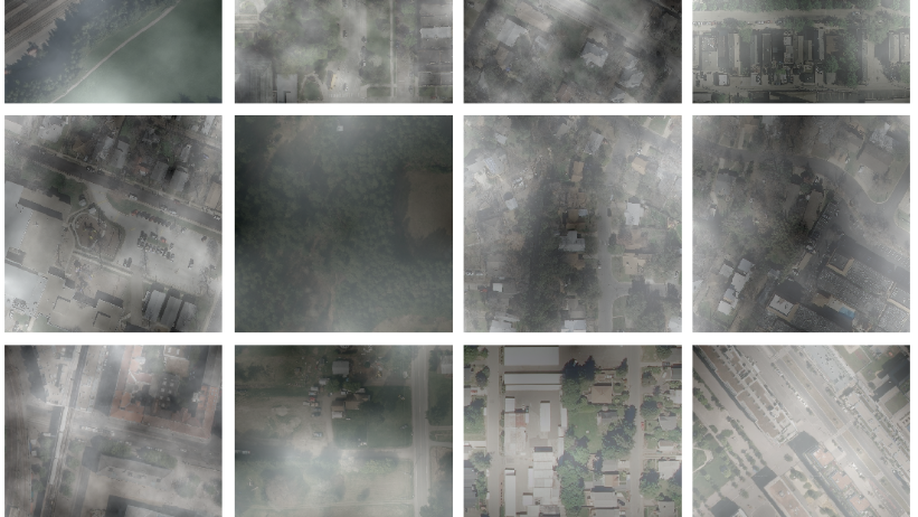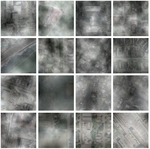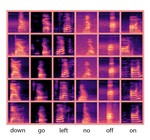Haze removal in aerial images is a challenging problem due to considerable variation in spatial details and varying contrast. Changes in particulate matter density often lead to degradation in visibility. Therefore, several approaches utilize multi-spectral data as auxiliary information for haze removal. In this paper, we propose SkyGAN for haze removal in aerial images. SkyGAN comprises of 1) a domain-aware hazy-to-hyperspectral (H2H) module, and 2) a conditional GAN (cGAN) based multi-cue image-to-image translation module (I2I) for dehazing. The proposed H2H module reconstructs several visual bands from RGB images in an unsupervised manner, which overcomes the lack of hazy hyperspectral aerial image datasets. The module utilizes task supervision and domain adaptation in order to create a ‘hyperspectral catalyst’ for image dehazing. The I2I module uses the hyperspectral catalyst along with a 12-channel multi-cue input and performs effective image dehazing by utilizing the entire visual spectrum. In addition, this work introduces a new dataset, called Hazy Aerial-Image (HAI) dataset, that contains more than 65,000 pairs of hazy and ground truth aerial images with realistic, non-homogeneous haze of varying density. The performance of SkyGAN is evaluated on the recent SateHaze1k dataset as well as the HAI dataset. We also present a comprehensive evaluation of HAI dataset with a representative set of state-of-the-art techniques in terms of PSNR and SSIM.



